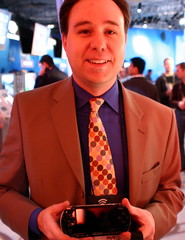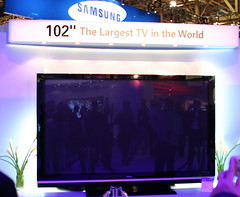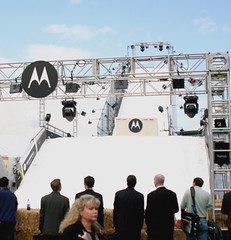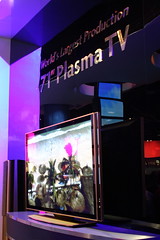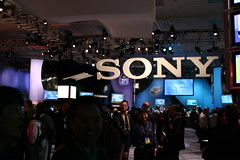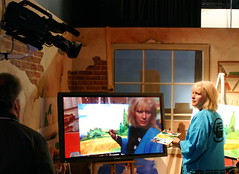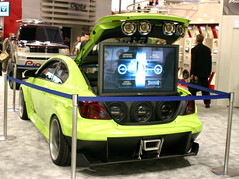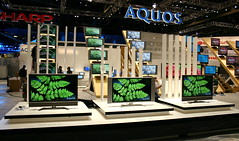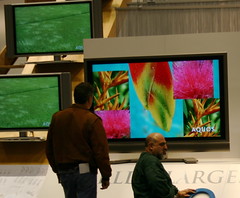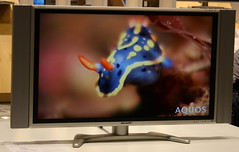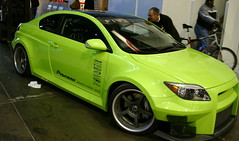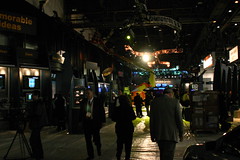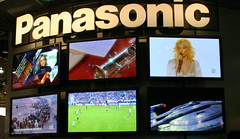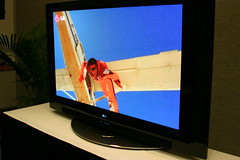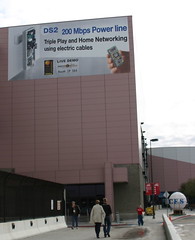MarketingUpdate: We have had so much interest in this topic, that we have released an entire market research report on it titled "Marketing 2005: Q2 Marketing By Industry." This report not only gives overall data for marketing as a percentage of revenue, but also gives revenue percentages for six vertical industries, including finance, information, manufacturing, professional services, retail, and other services. Look for it at
the Blackfriars eStore. You can read the press release that updates the sizing to $1.074 trillion for 2005
here.
One question we hear from clients fairly regularly is "How much does the average company spend on marketing as a percentage of revenue?" It turns out that we did collect some information on that question in the first three quarters of 2004, so I thought I'd share the answer here.
We asked this "marketing as a percent of revenue" in three surveys: Q1, Q2, and Q3 2004. Therefore, we have about 300 respondents total for that answer. This is a broad-based survey, and our only filter on the respondents is whether they are senior executives (VP, C-level, owner, president, etc.). Our claim is that our sample is roughly representative of the US Census of Business, with large businesses typically being *over-represented* by about 10-20% and small businesses being *under-represented* by the same amount. You can look at the US Census data at
http://www.census.gov/epcd/susb/2001/us/US--.HTM. In the census, small business is 99% of business, so anything where you get a sizable number of large companies is actually over-representing large business.
I ran a segmentation of those responses by company revenue. I used a cut-off of $100 million to differentiate between large and small companies. I also inserted a "reasonableness" filter on the data. While I can imagine some non-mainstream companies spending 50% of revenue on marketing, it's not a common case, and we had several responses of that type. So I put in a hard cut-off at 25% of revenue (anything above that I threw out the response and didn't count it in any way), and looked at the results.
Bottom line: Companies with $100 million in revenue or more allocate an average of 13.8% of revenue to marketing. Companies with less than $100 million in revenue allocate an average of 8.7%. The results for the three quarters don't really vary much more than a point on either of those answers, so I feel like they are reasonable numbers. A small company has fewer resources and typically is more operations focused than marketing focused, so it makes sense that they spend less as a percentage of revenue than large companies do.
One final comment. What if we want the answer for all companies, regardless of size? That's an easy one and probably a good one for marketing people to have on the tips of their tongues: On average, regardless of size, US companies spend 9% of revenue on marketing.
Next question.
